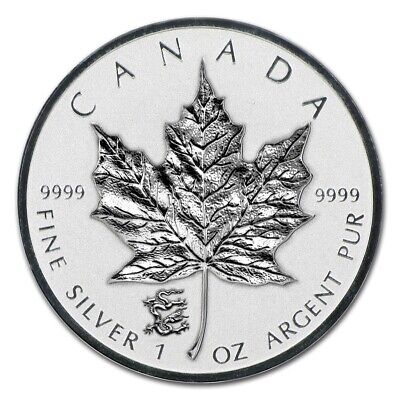Entering the world of coin collecting and precious metals investment can be both exciting and overwhelming. One of the fundamental concepts to grasp is the distinction between spot price and premiums. This understanding is crucial for making informed purchasing decisions, whether you’re a collector or an investor.
In this article, we will demystify these terms, explain why premiums exist, how they differ between bullion and numismatic coins, and offer strategies to find the best deals.
What is Spot Price?
The spot price is the current market price at which a particular precious metal can be bought or sold for immediate delivery. It fluctuates constantly due to market demand and supply dynamics, geopolitical events, economic news, and currency fluctuations. The spot price serves as a baseline for pricing precious metals, including gold, silver, platinum, and palladium.
Understanding Premiums
Premiums are the additional costs above the spot price that buyers pay to purchase a bullion or numismatic coin. These costs cover manufacturing, distribution, and dealer’s profit margins. Premiums can vary significantly depending on several factors, such as demand, rarity, and condition of the coin.
Premiums on Bullion Coins
Bullion coins are primarily valued based on their metal content and are commonly used for investment purposes. The premiums on bullion coins are generally lower compared to numismatic coins and are influenced by:
- Market Demand: Higher demand for certain bullion coins can increase premiums.
- Minting Costs: The cost of production and distribution affects premiums.
- Dealer Markup: Dealers add a markup to cover their costs and profit.
Premiums on Numismatic Coins
Numismatic coins, on the other hand, are valued for their rarity, historical significance, and condition, in addition to their metal content. Premiums on numismatic coins can be substantially higher and are affected by:
- Rarity: Scarcity can drive up the premium significantly.
- Historical Value: Coins with historical importance can fetch higher premiums.
- Condition: The better the condition, the higher the premium.
Why Do Premiums Exist?
Premiums exist due to the costs associated with the production and sale of coins. This includes the cost of minting, marketing, distribution, and the profit margin for dealers. Additionally, storage and security costs for dealers who hold large inventories also contribute to the premium.
Strategies for Finding the Best Deals
For investors, especially those purchasing in larger quantities, finding the best deals requires careful research and strategic planning. Consider the following strategies:
- Monitor Live Spot Prices: Stay updated with live spot prices to make informed buying decisions. Websites like Kitco offer real-time spot price information.
- Compare Premiums: Premiums can vary between dealers. Compare different dealers to find the most competitive premiums. Check resources like FindBullionPrices.com for insights on premiums.
- Buy in Bulk: Purchasing larger quantities often results in reduced premiums per unit.
- Consider Timing: Premiums can fluctuate based on market conditions. Buying during periods of lower demand can help secure better deals.
- Negotiate: Some dealers may be willing to negotiate premiums, especially for large purchases.
Conclusion
Understanding the difference between spot price and premiums is essential for anyone entering the precious metals market. While the spot price provides a base value, premiums reflect the additional costs associated with acquiring physical coins. By comprehending these concepts and employing strategic buying techniques, collectors and investors can make informed decisions and optimize their investments. Remember to utilize resources like live spot price trackers and premium guides to stay ahead in the market.
